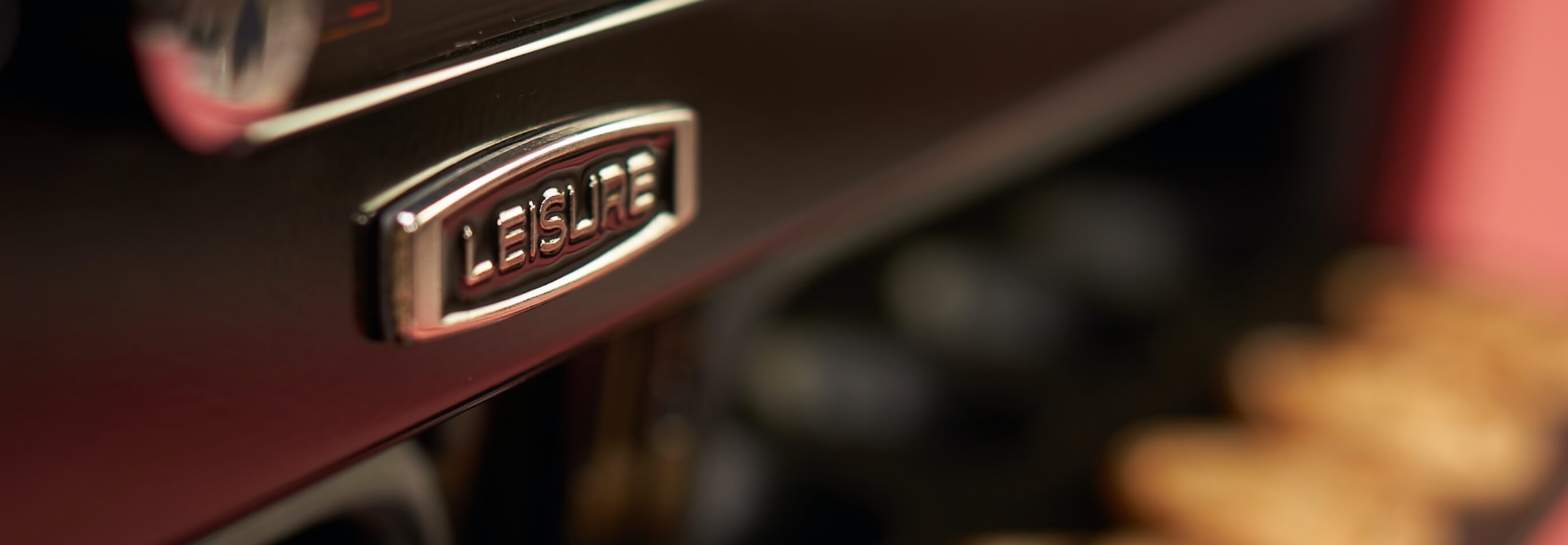In her first post, interior design journalist Rachel Ogden serves up her best tips on how to use kitchen surfaces and worktops to subtly inject warm feelings into the kitchen space.
Whether you’re hosting a casual dinner or larger celebration, it’s likely that your friends and family will gravitate towards the kitchen as an informal social hub.
More than ever, the kitchen is a relaxed, multi-purpose space. Many also have more of a living room feel, often incorporating irresistibly tactile surfaces and layers of texture.
This means that what was once a purely functional room is now a blend of well-planned design, sleek feature-packed appliances and beautiful materials, especially when it comes to worktops. In fact, the surfaces you pick will set the tone for your design, so it’s worth choosing carefully.

